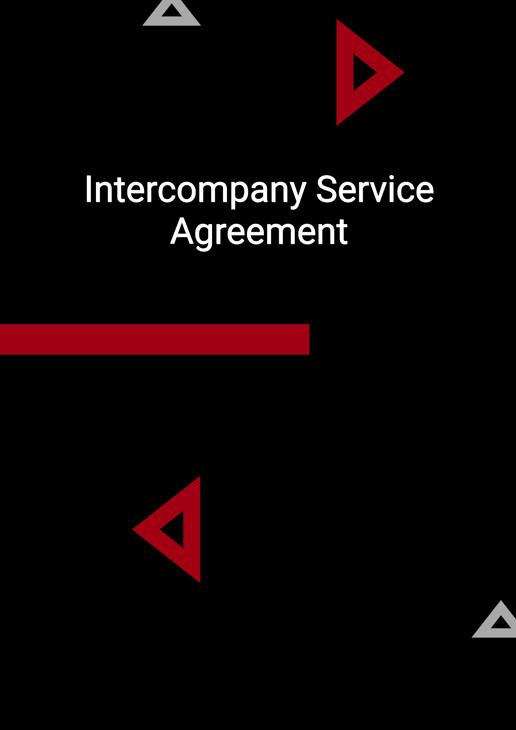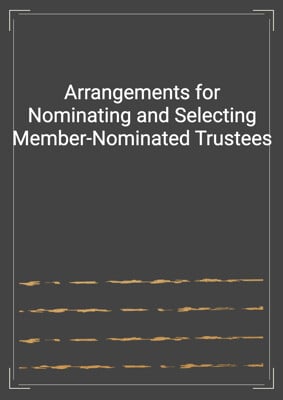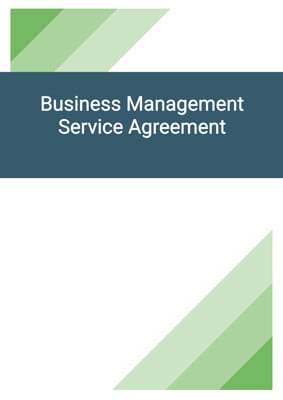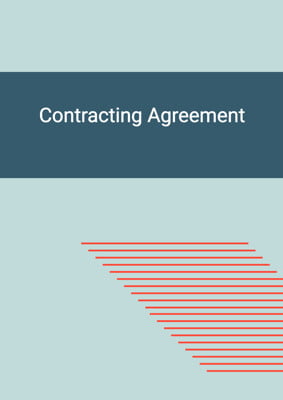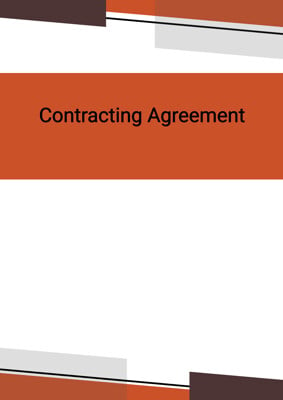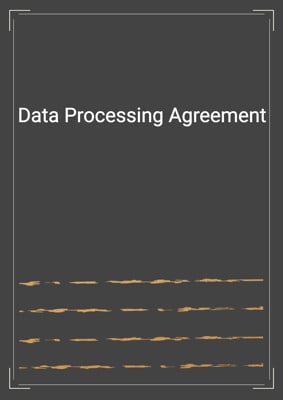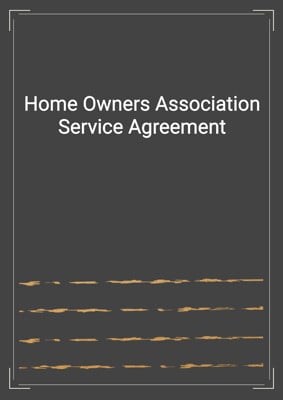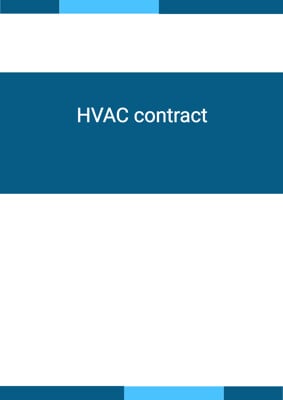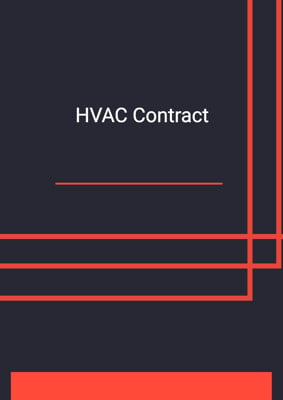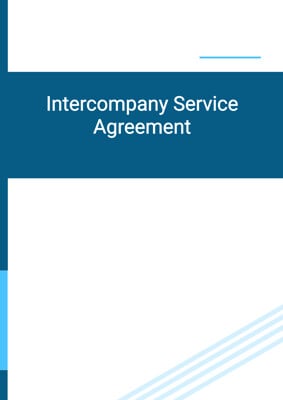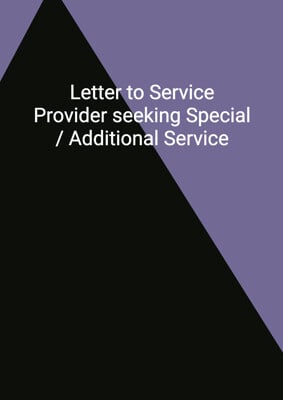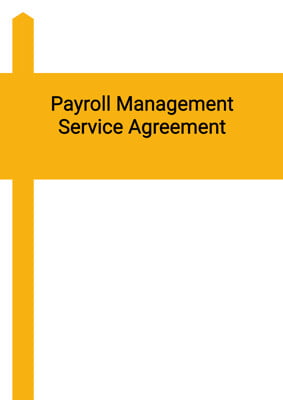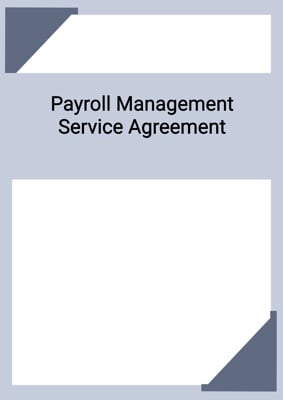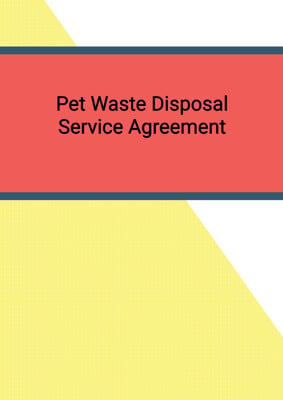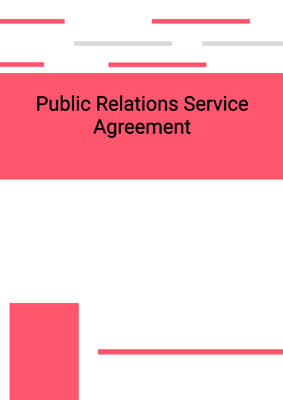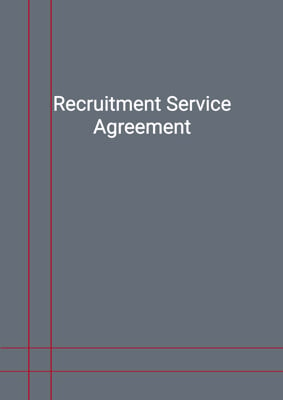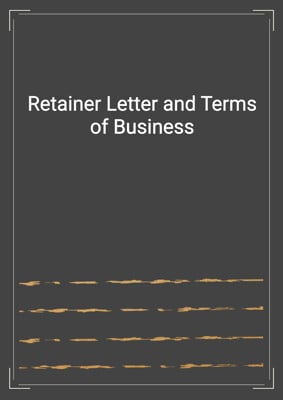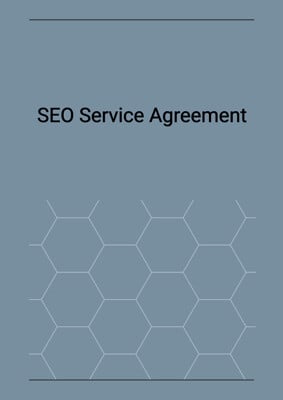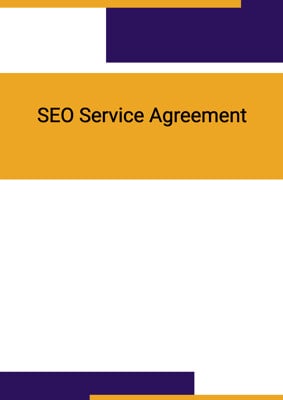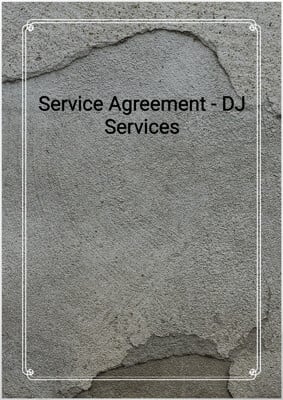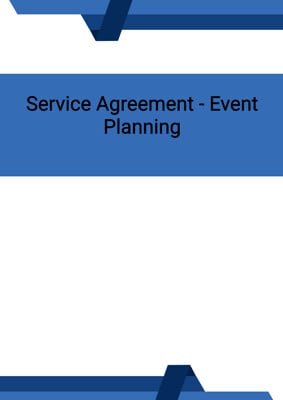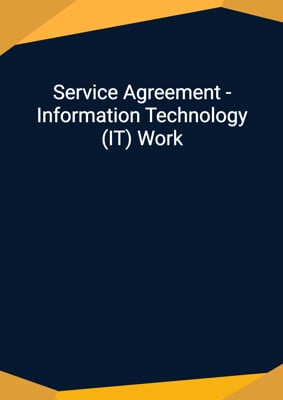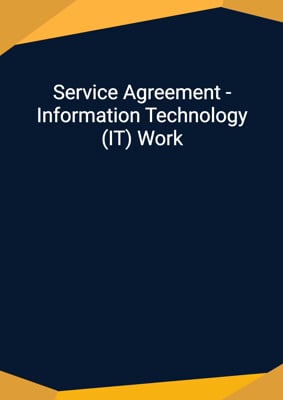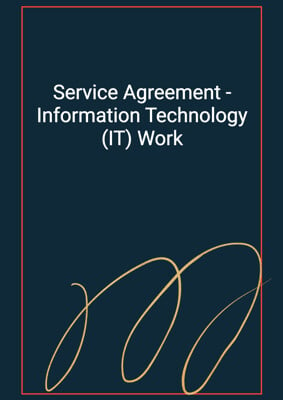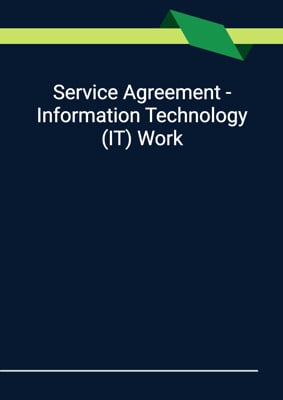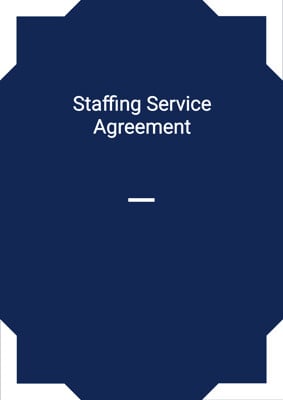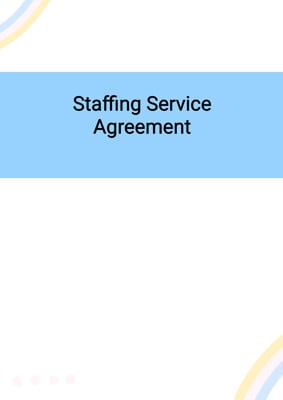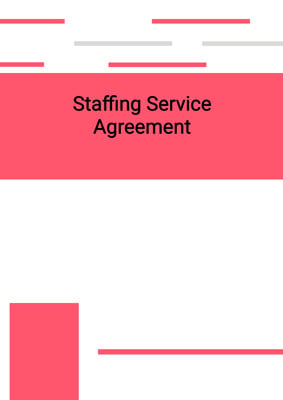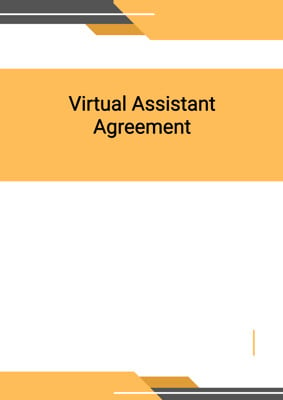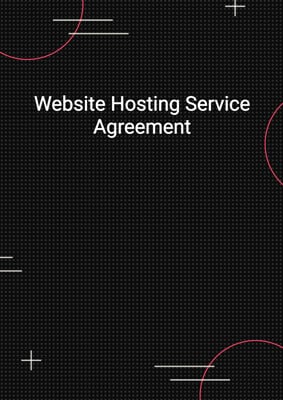How to Tailor the Document for Your Need?
01
Create Document
Fill in the details of the parties. You can click the "Fill with Member’s Information" button to complete it with information saved to your account.
02
Fill Information
Please fill in any additional information by following the step-by-step guide on the left hand side of the preview document and click the "Next" button.
03
Get Document
When you are done, click the "Get Document" button and you can download the document in Word or PDF format.
04
Review Document
Please get all parties to review the document carefully and make any final modifications to ensure that the details are correct before signing the document.
Document Preview
Document Description
The Intercompany Service Agreement is a document that outlines the terms and conditions of a service agreement between two parties: the provider and the customer. The importance of this document lies in its ability to clearly define the expectations and responsibilities of both parties, ensuring a smooth and efficient working relationship.
The entire document is divided into several sections, each serving a specific purpose. The first section, titled 'Interpretation,' provides definitions for key terms used throughout the agreement. This ensures that both parties have a clear understanding of the terminology used.
The second section, titled 'Services to be provided by Provider,' outlines the specific services that the provider will be responsible for. It also includes provisions regarding the exclusivity of the services, the authority of the provider to act on behalf of the customer, and the qualifications and experience required of the provider's personnel.
The third section, titled 'Customer's obligations,' outlines the responsibilities of the customer in relation to the agreement. This includes providing access to the location, ensuring the safety of the provider's personnel, and responding to requests for guidance or information.
The fourth section, titled 'Service fees,' details the payment terms and conditions. It specifies that the customer is required to pay the service fees as set out in Schedule 2, and provides provisions for the review and adjustment of these fees.
The fifth section, titled 'Liability,' outlines the obligations of the provider to use due care and skill in carrying out the services. It also includes provisions for indemnification in case of negligence resulting in death, personal injury, or physical damage to property.
The sixth section, titled 'Force Majeure,' addresses the occurrence of unforeseen circumstances beyond the control of either party that may affect the performance of the agreement. It provides provisions for the extension of time for performance and the option for the customer to obtain services from another party in case of force majeure.
The seventh section, titled 'Duration and Termination,' specifies the duration of the agreement and the circumstances under which either party may terminate the agreement. It also includes provisions for the consequences of termination.
The eighth section, titled 'Nature of Agreement,' clarifies the relationship between the parties and includes provisions regarding the assignment of obligations, subcontracting, and the non-creation of a partnership.
The ninth section, titled 'No Rights under Contracts for Third Parties,' clarifies that no third party has the right to enforce any terms of the agreement.
The tenth section, titled 'Arbitration and Proper Law,' provides provisions for the resolution of disputes and the applicable law.
The eleventh section, titled 'Notices and Service,' outlines the requirements for giving notice under the agreement, including the methods of delivery and the addresses of the parties.
The twelfth section, titled 'Confidentiality,' includes provisions for the protection of confidential information.
The thirteenth section, titled 'Intellectual Property,' addresses the ownership and licensing of intellectual property rights.
The document concludes with the signatures of the duly authorized representatives of both parties, indicating their agreement to the terms and conditions set forth in the agreement.
How to use this document?
1. Enter the necessary information: Fill in the names and principal places of business of both parties in the agreement. This ensures that both parties are clearly identified.
2. Specify the services, exclusivity, and authority: Clearly describe the services to be provided by the provider and specify whether the services are exclusive to the customer. Also, determine the authority of the provider to act on behalf of the customer.
3. Define customer's obligations: Ensure that the customer provides full and free access to the location and any necessary information or records. Take necessary steps to ensure the safety of the provider's personnel visiting the premises.
4. Agree on service fees: Determine the service fees to be paid by the customer as set out in Schedule 2. Consider the possibility of reviewing and adjusting the fees on the anniversary of the agreement.
5. Address liability: Ensure that the provider uses due care and skill in carrying out the services. Include provisions for indemnification in case of negligence resulting in death, personal injury, or physical damage to property.
6. Consider force majeure: Discuss the potential impact of unforeseen circumstances beyond the control of either party and include provisions for the extension of time for performance and the option for the customer to obtain services from another party.
7. Determine the duration and termination: Agree on the duration of the agreement and the circumstances under which either party may terminate the agreement. Consider the consequences of termination.
8. Understand the nature of the agreement: Clarify the relationship between the parties and consider the possibility of assigning obligations or subcontracting.
9. Note the absence of rights for third parties: Understand that third parties do not have the right to enforce any terms of the agreement.
10. Address confidentiality: Take necessary measures to protect confidential information shared between the parties.
11. Consider intellectual property: Understand the ownership and licensing of intellectual property rights.
12. Seek legal advice if necessary: If you have any doubts or concerns about the agreement, consult with a legal professional to ensure that all aspects are properly addressed and understood.
Not the right document?
Don’t worry, we have thousands of documents for you to choose from:
